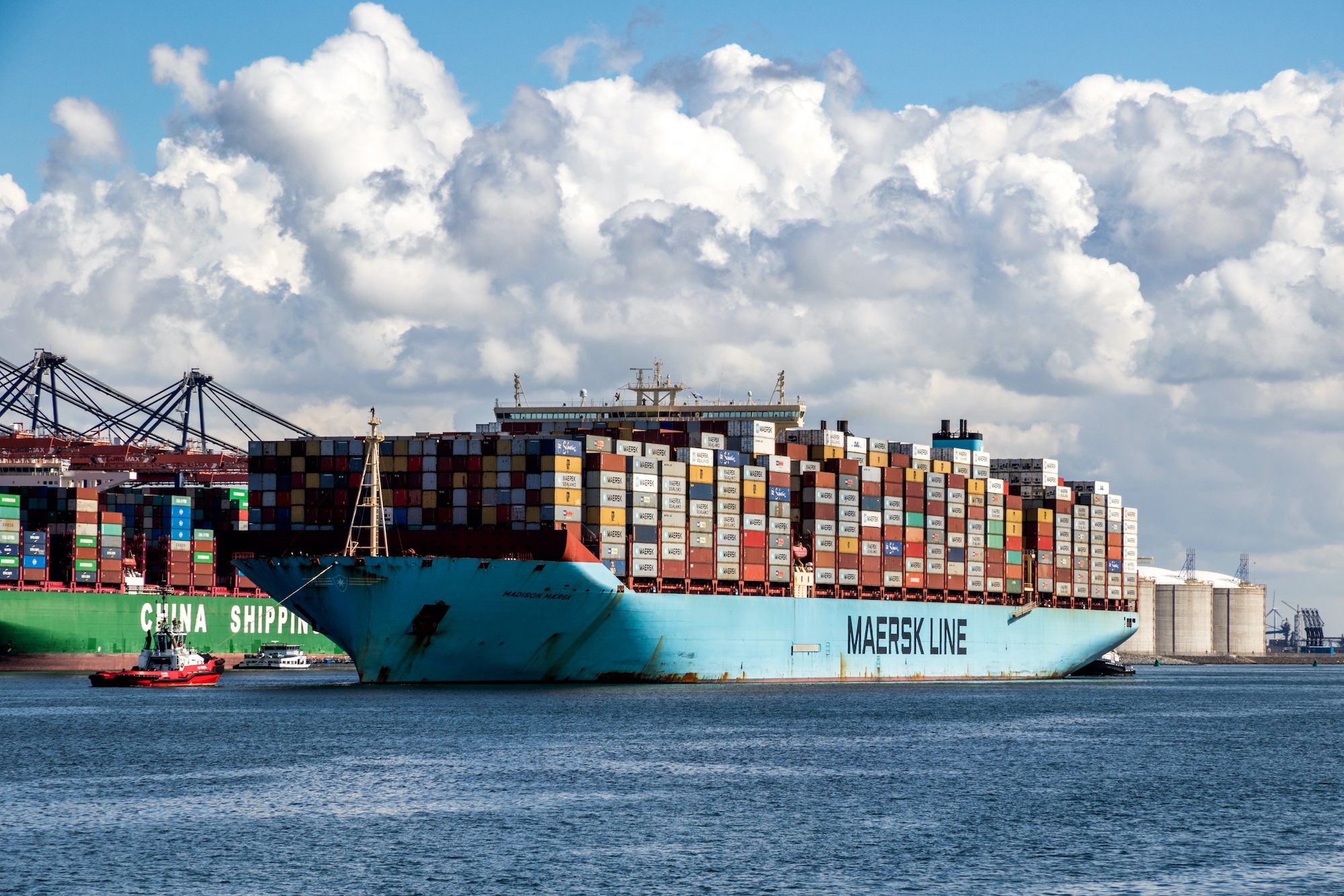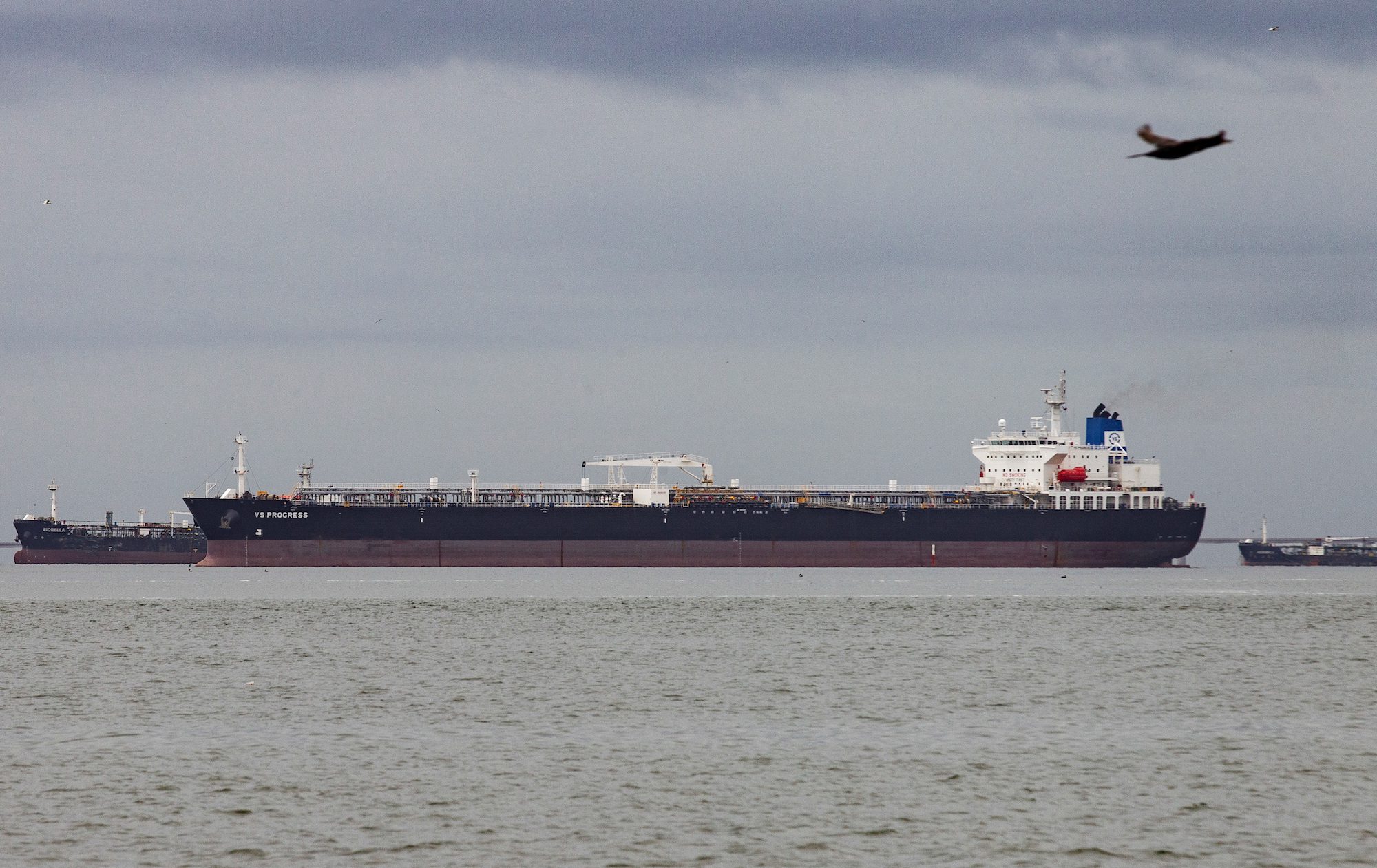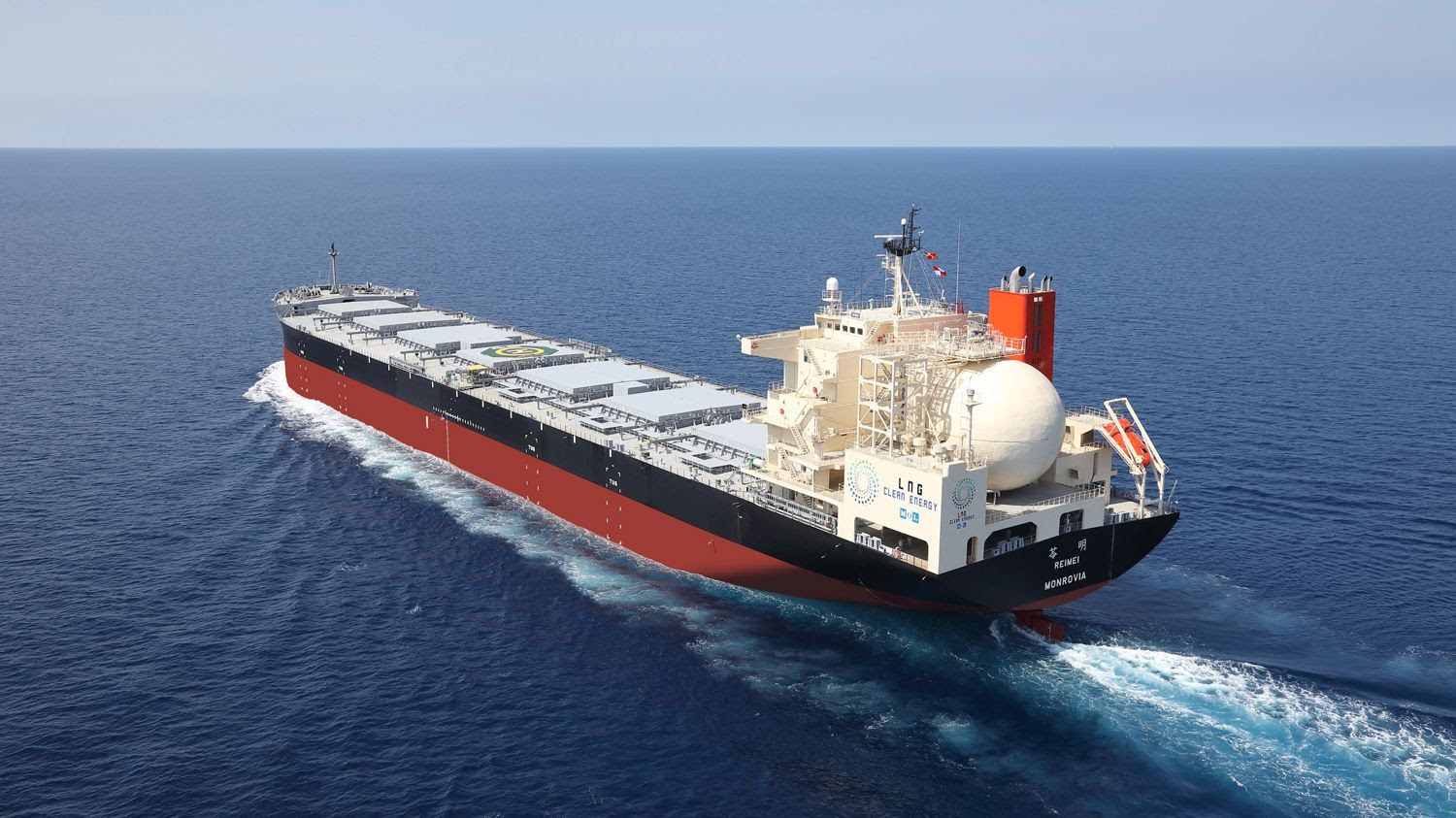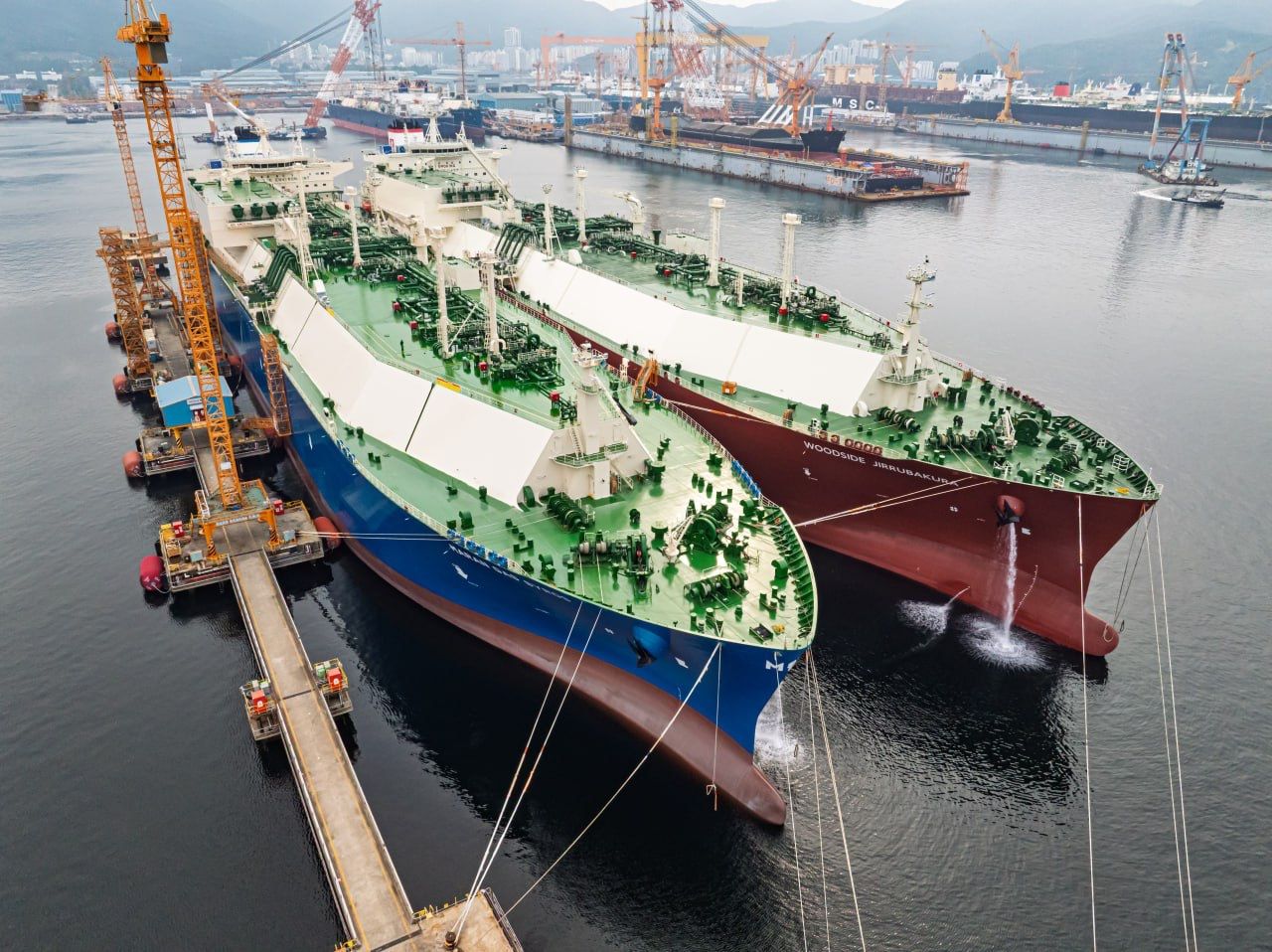By Mike Wackett (The Loadstar) –
Container spot rates from Asia to North Europe, as recorded by Drewry’s WCI index, increased by 10% this week from their pre-Christmas level, to $1,874 per teu.
However, export demand to North Europe has been much weaker than usual ahead of the Chinese New Year on 22 January, and rates are expected to come under pressure again after the holiday as carriers scramble to fill their ships.
Indeed, Lars Jensen, CEO of Vespucci Maritime, said the rate spike on the tradelane needed to be put into perspective, given the reading is 19% below the pre-pandemic level of January 2020.
“As we move into 2023, it is clear that container market conditions will be drastically different from 2022,” said the analyst.
And Mr Jensen, has no comforting words for ocean carriers , writing for this month’s edition of the Baltic Exchange FBX report. Commenting on the possibilities of a surge in demand following the end of the current inventory overhang, he says a rebound in orders would “depend on the depth and duration of the current economic downturn”.
“At best, such a surge might happen in peak season 2023; at worst, it might be postponed until early 2024 in the lead up to the lunar new year,” warns Mr Jensen.
Meanwhile, on the transpacific, the container spot rate indices were flat this week, with, for example, the Freightos Baltic Exchange (FBX) components for Asia to the US west coast and east coast virtually unchanged, at $1,401 and $2,875 per 40ft, respectively.
Carriers are generally more optimistic about demand recovery prospects on the transpacific than on the Asia-Europe trades, but visibility post-CNY is still very patchy.
US consumers are sucking in more goods from Europe at the expense of Asian exporters, which is keeping demand on the transatlantic westbound tradelane at a healthy level.
Nevertheless, with carriers cascading bigger ships onto the route and US east coast port congestion easing, spot rates are falling fast. Xeneta’s XSI North Europe to US east coast component declined a further 7% this week, to $6,573 per 40ft, and has slumped by 20% since September.
Rates on the headhaul route still have a long way to fall, however, two years ago they were only around $1,800 per 40ft.
Rates on the much less volatile transatlantic tradelane had been set at $2,000 per 40ft or there abouts for several years.
At that time, January 2021, the transatlantic market had yet to be impacted by the supply/demand issues that had spiked Asian export rates, but carriers redeploying transatlantic ships to more lucrative transpacific and Asia-Europe trades, as well as equipment being seconded to those routes, caused rates to leap.
Now that the market has seen a 180-degree turn, seasoned stakeholders on the North Atlantic trade fully expect rates to tumble back to 2021 levels within the next couple of months.
“I hope they do come down quickly, as it has been a real struggle the past 18 months, but I also hope they don’t fall through the floor, as carriers will disappear from the trade,” a Liverpool-based NVOCC told The Loadstar.
The Loadstar is known at the highest levels of logistics and supply chain management as one of the best sources of influential analysis and commentary.

 Join The Club
Join The Club











